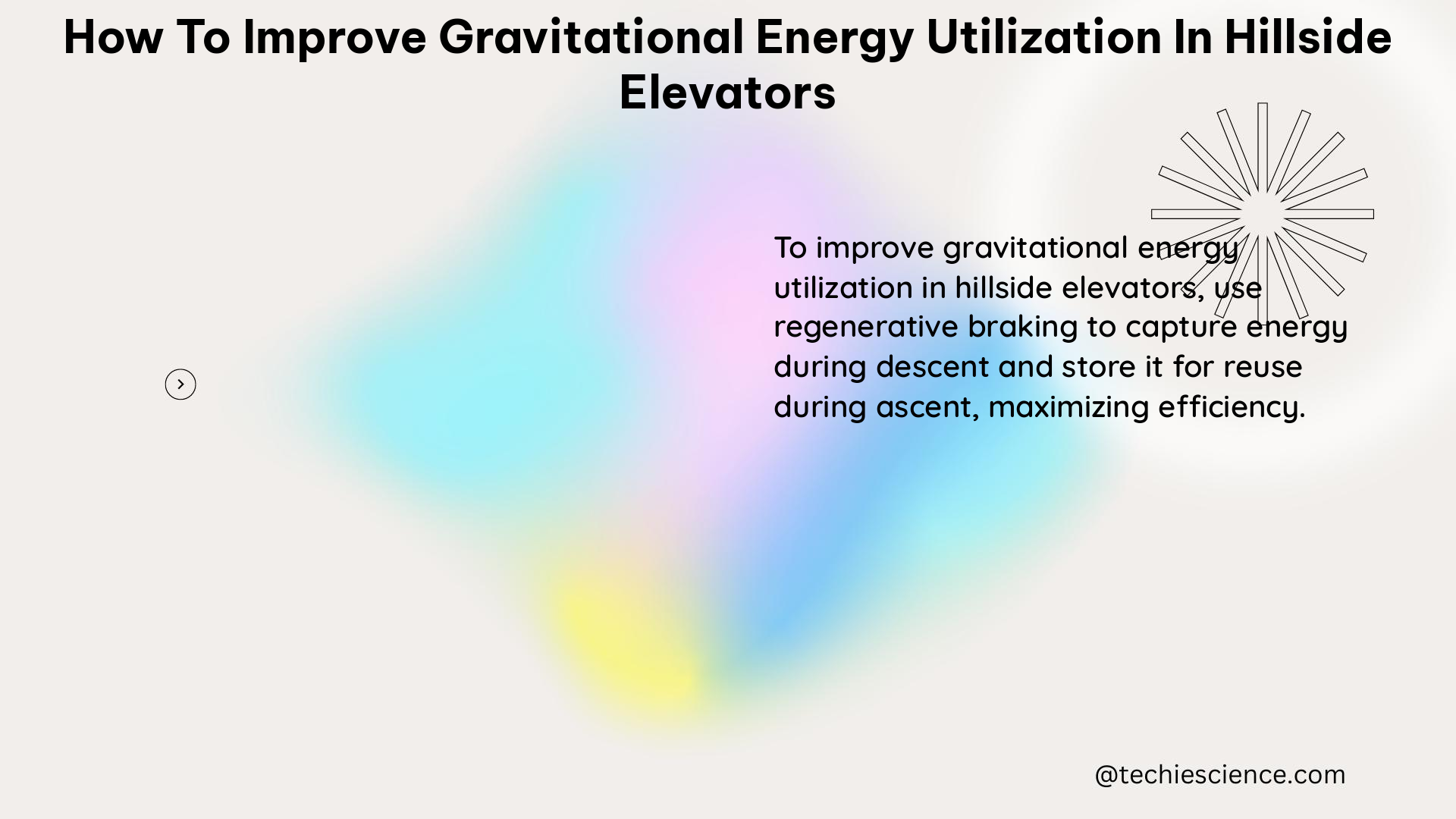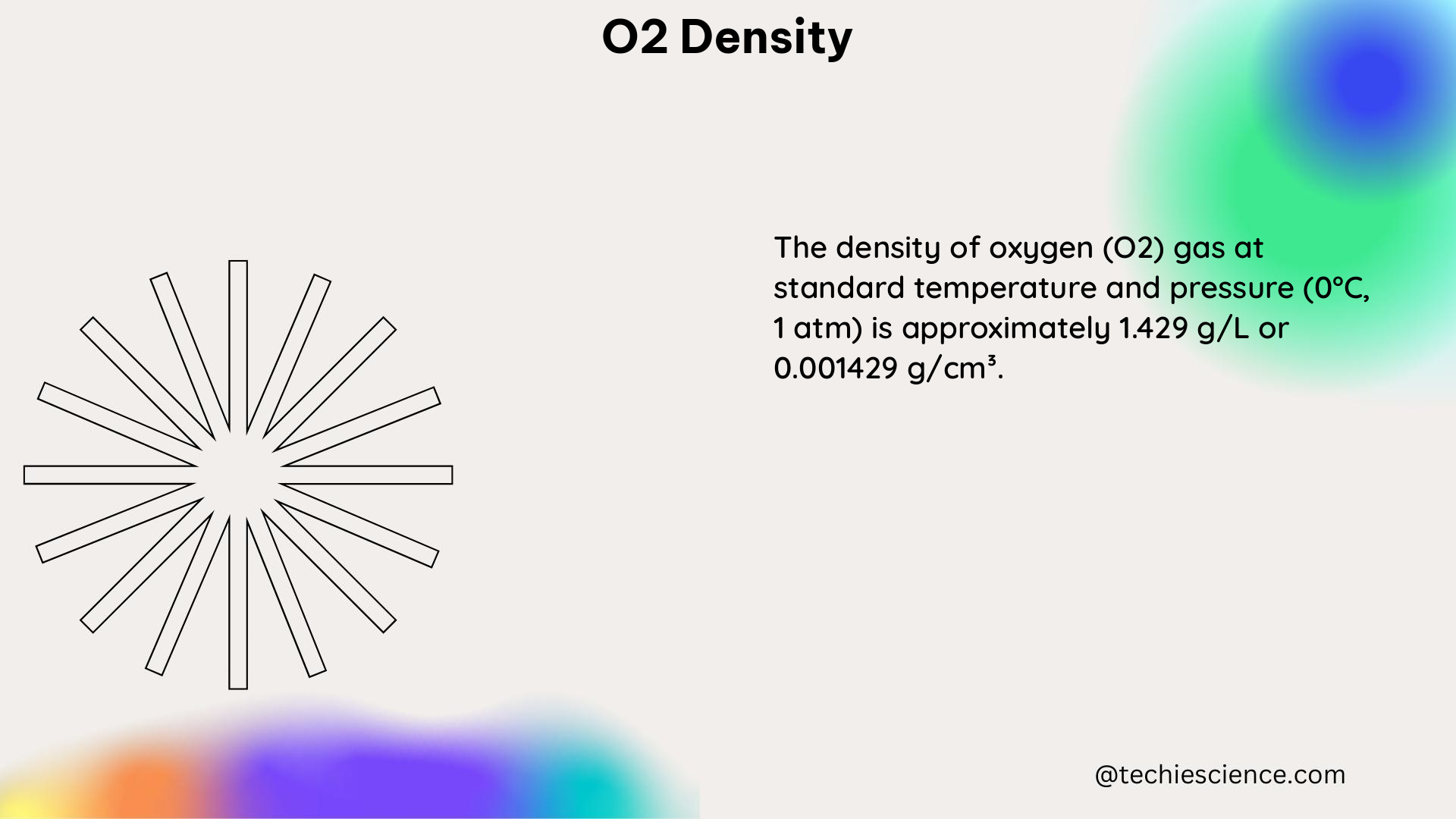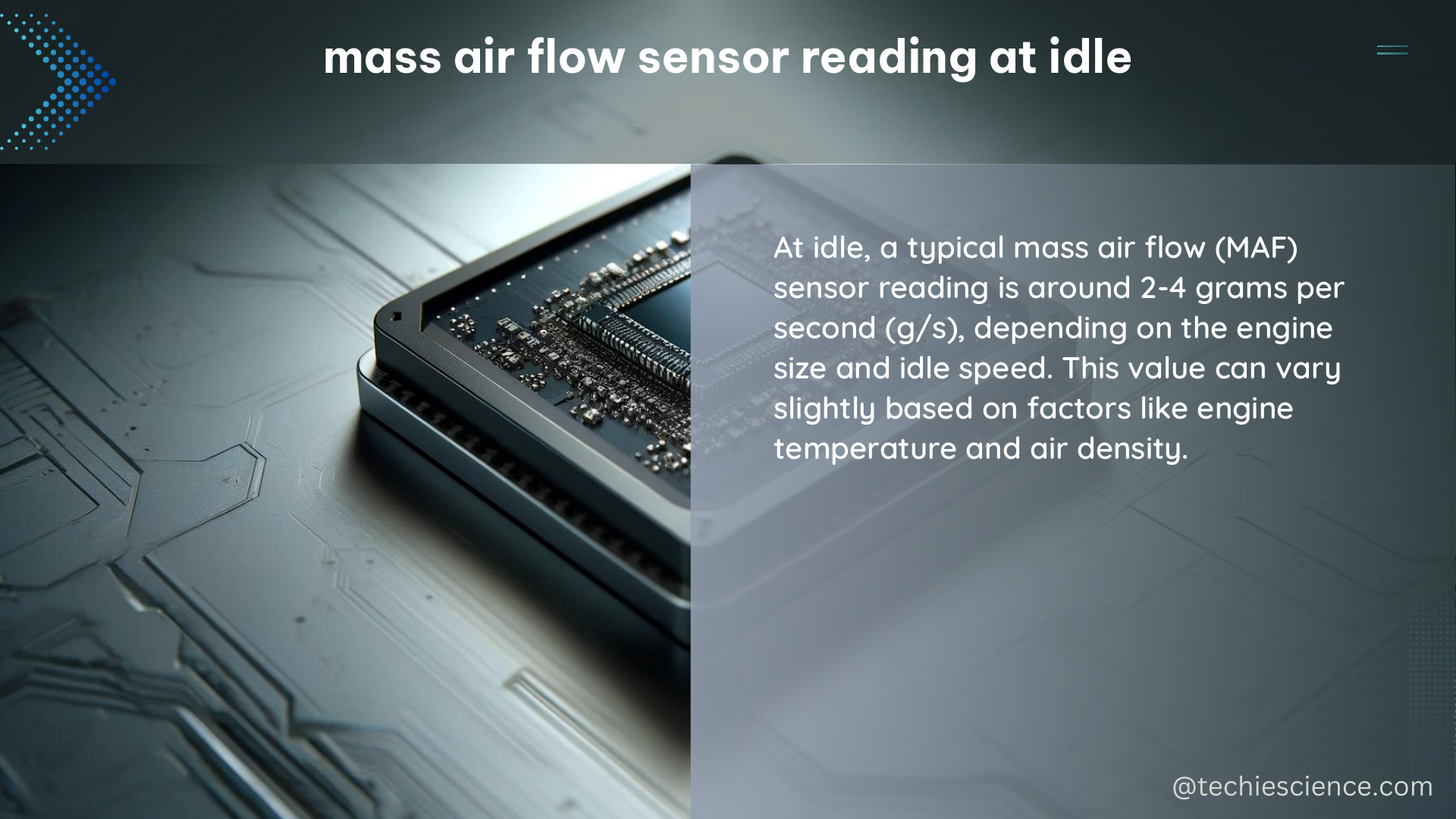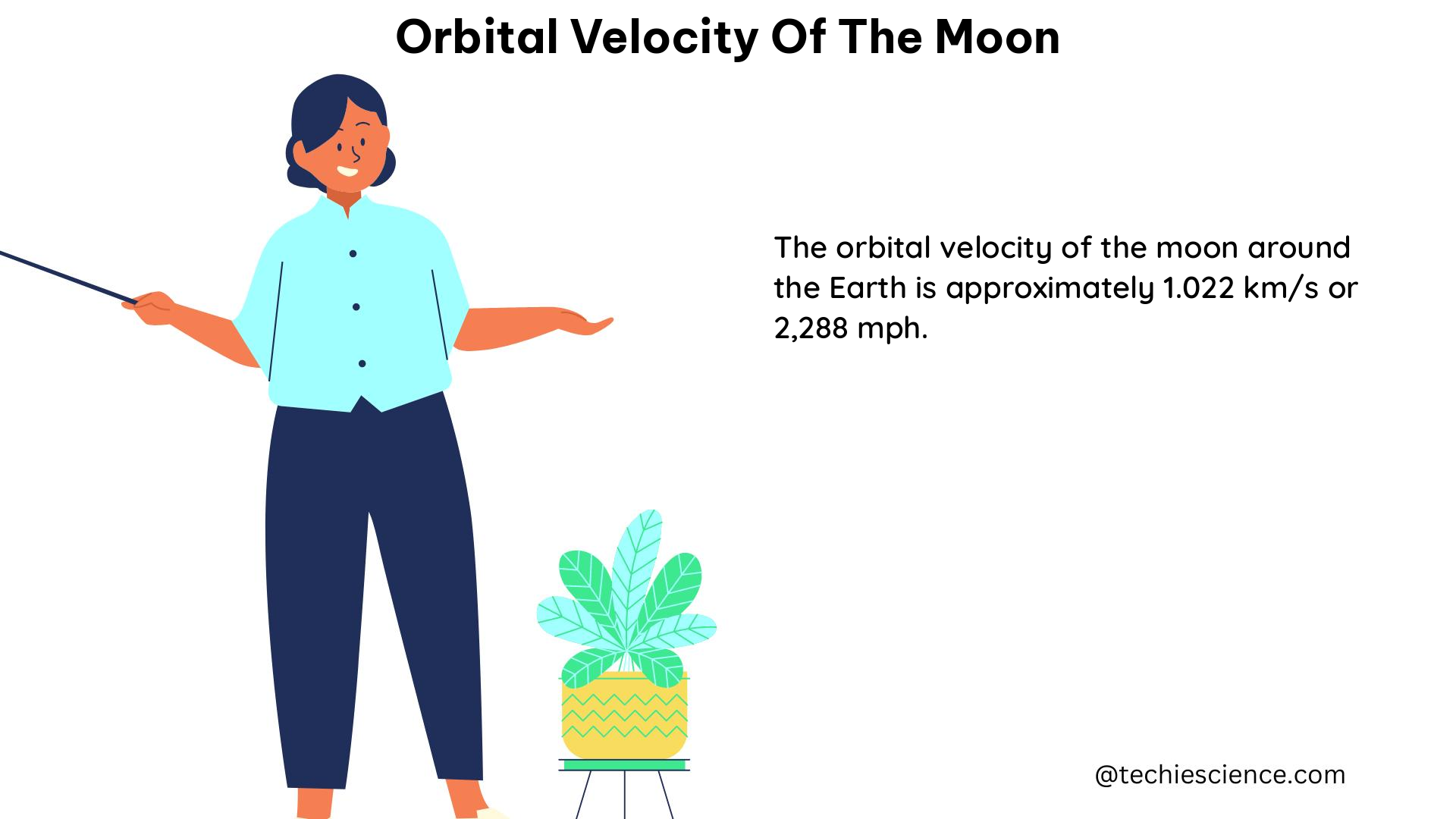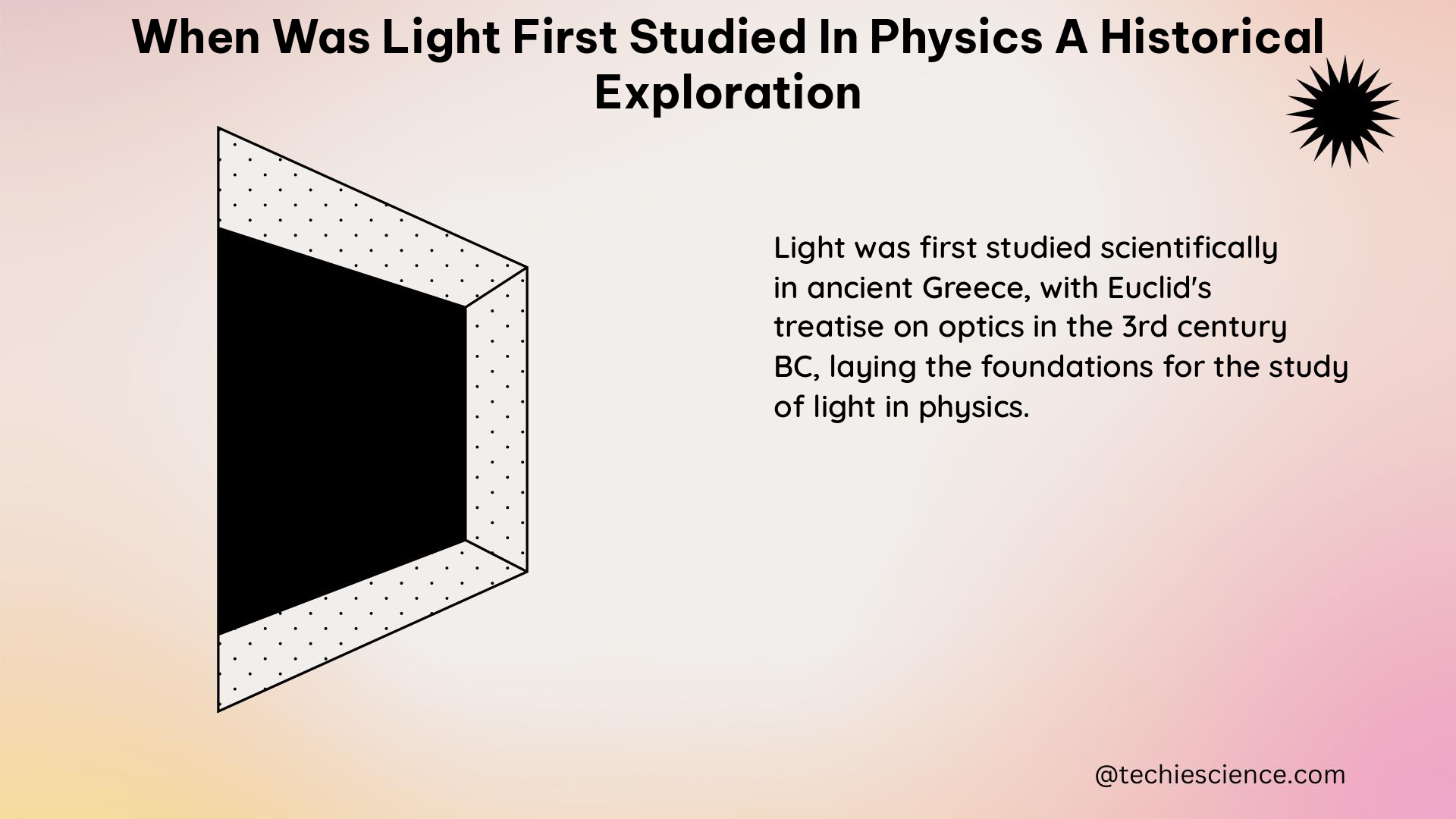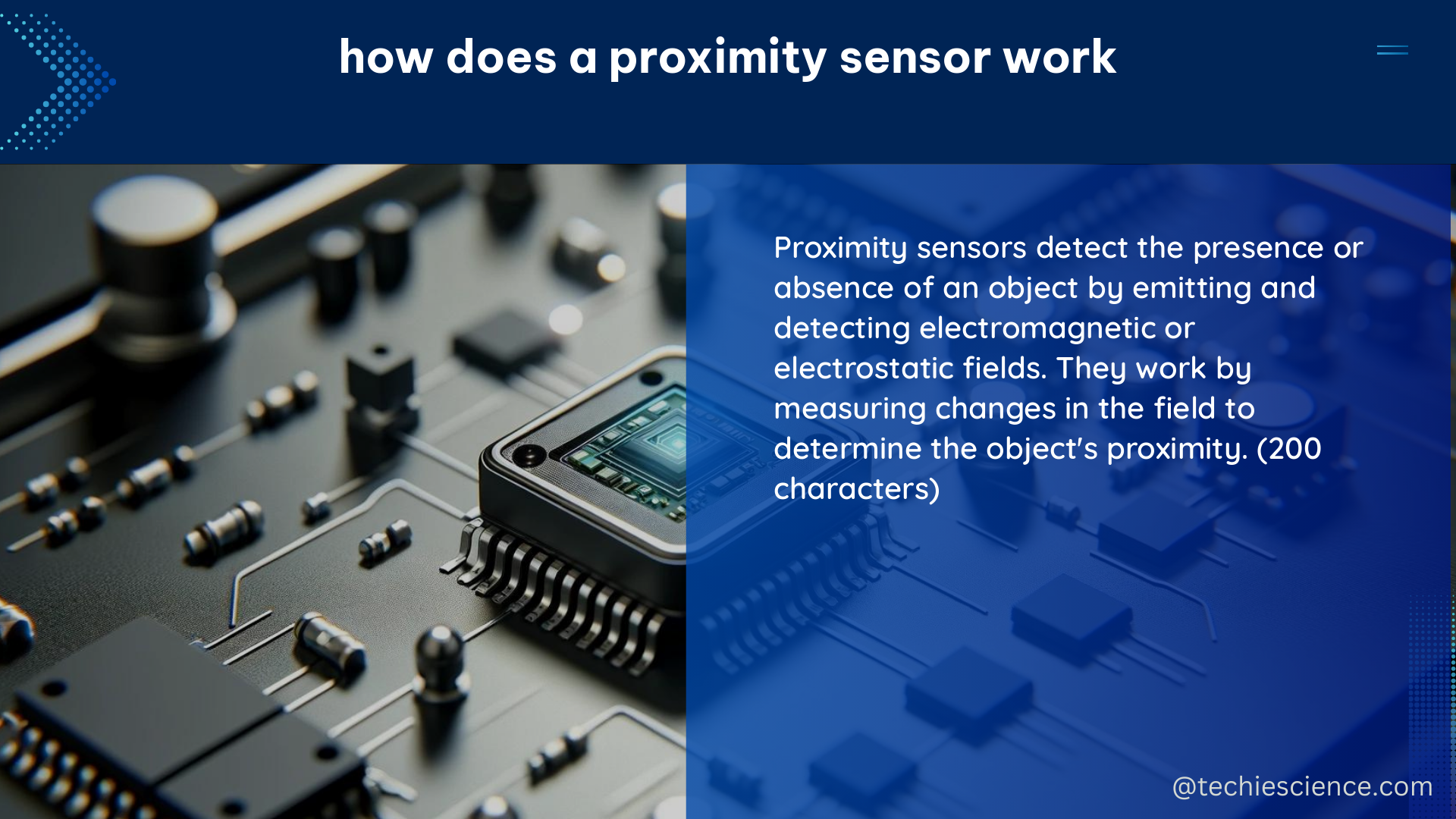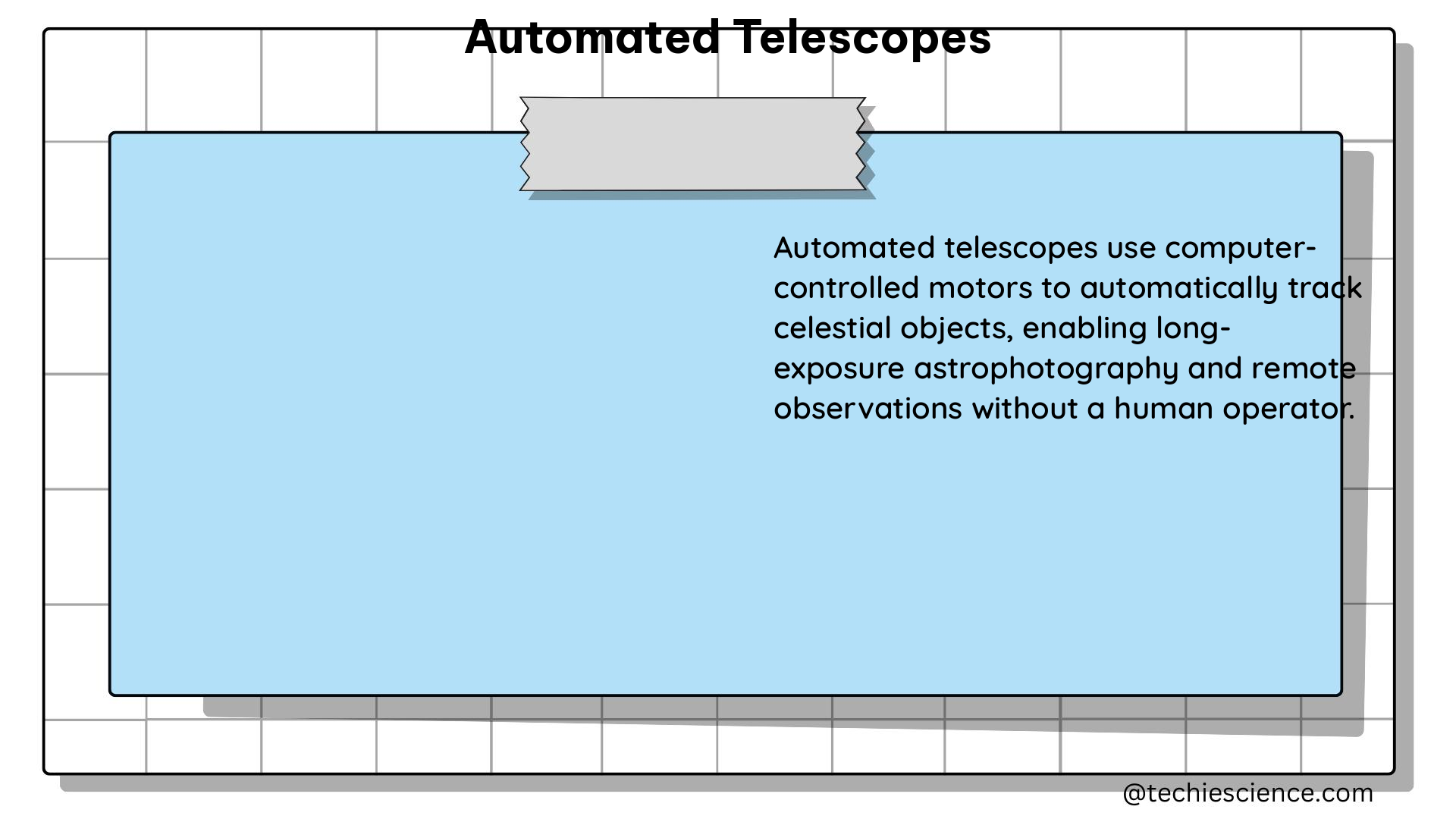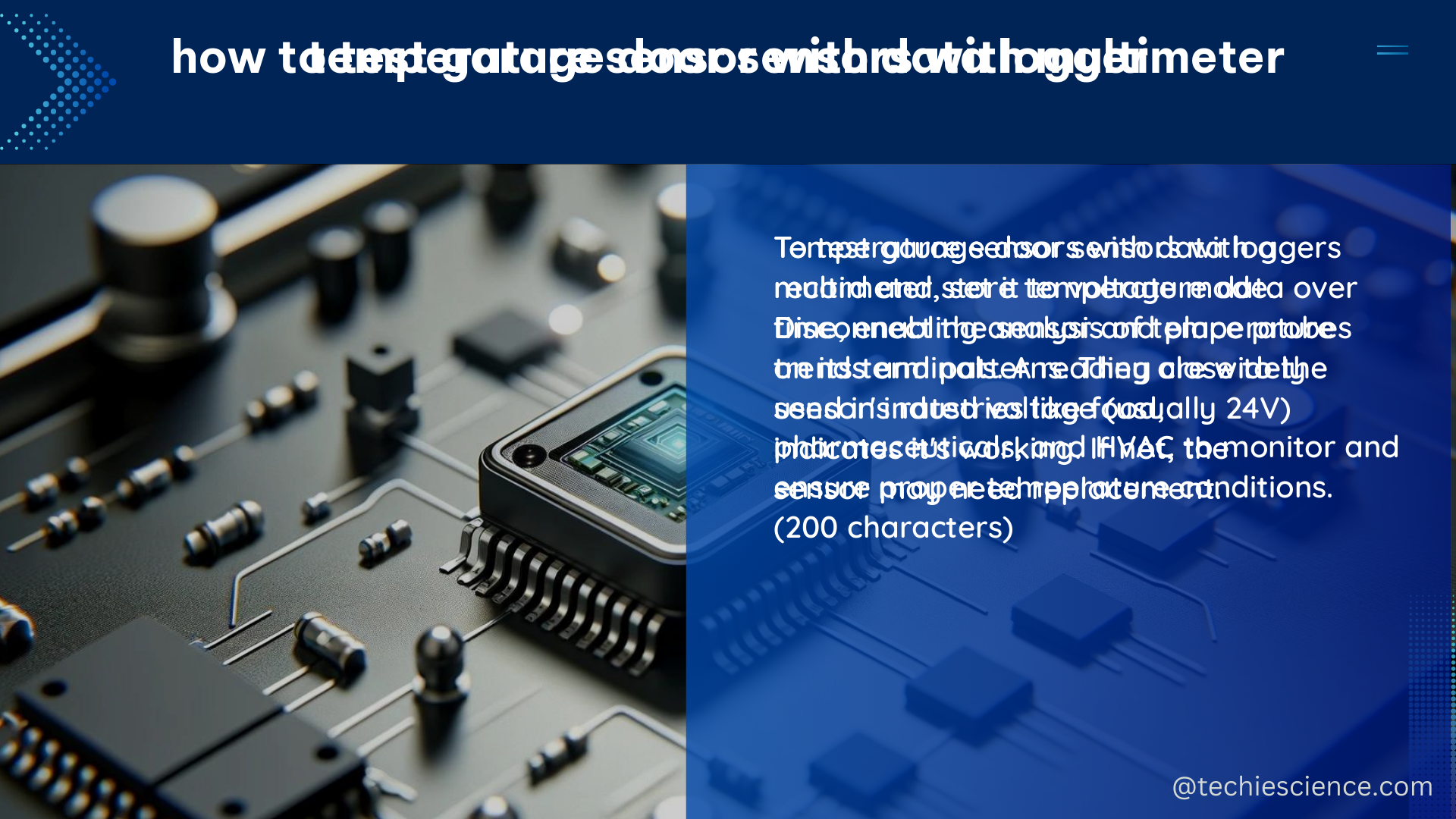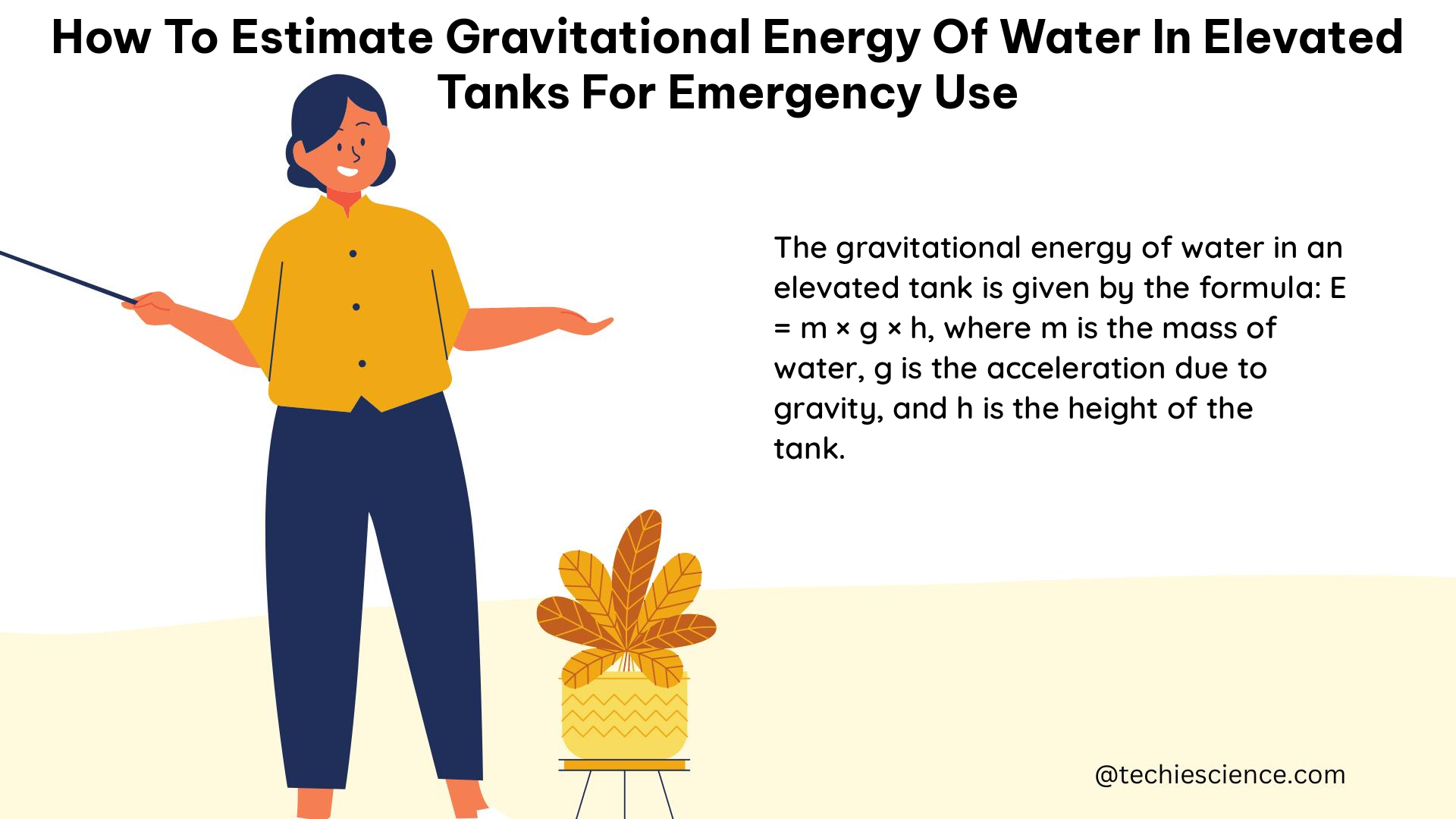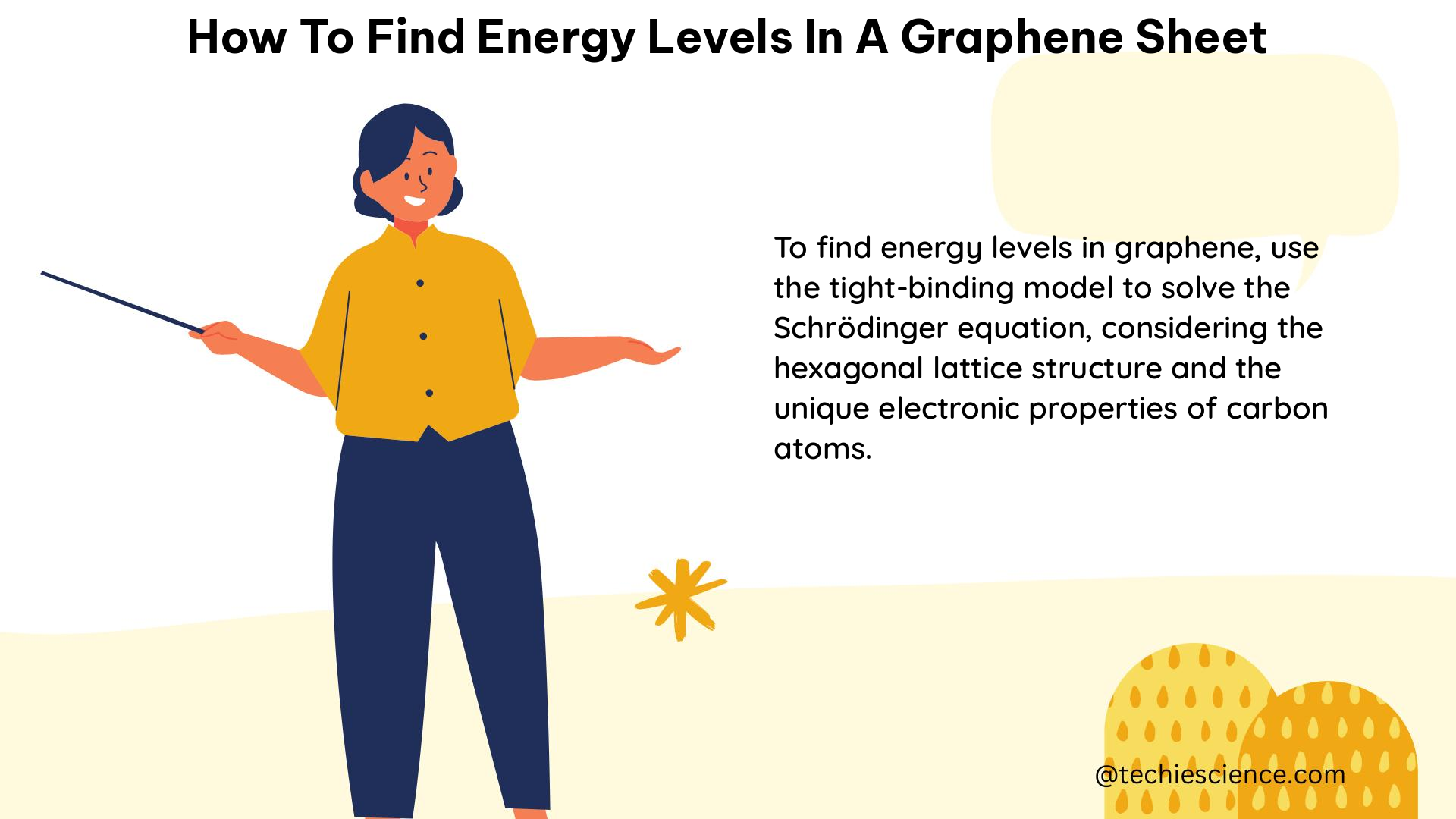Maximizing Gravitational Energy Utilization in Hillside Elevators: A Comprehensive Guide
Improving the gravitational energy utilization in hillside elevators is a crucial aspect of designing and operating these systems efficiently. By leveraging physics principles and implementing innovative engineering solutions, the energy efficiency of hillside elevators can be significantly enhanced, leading to reduced environmental impact and lower operating costs. This comprehensive guide delves into the technical details … Read more
